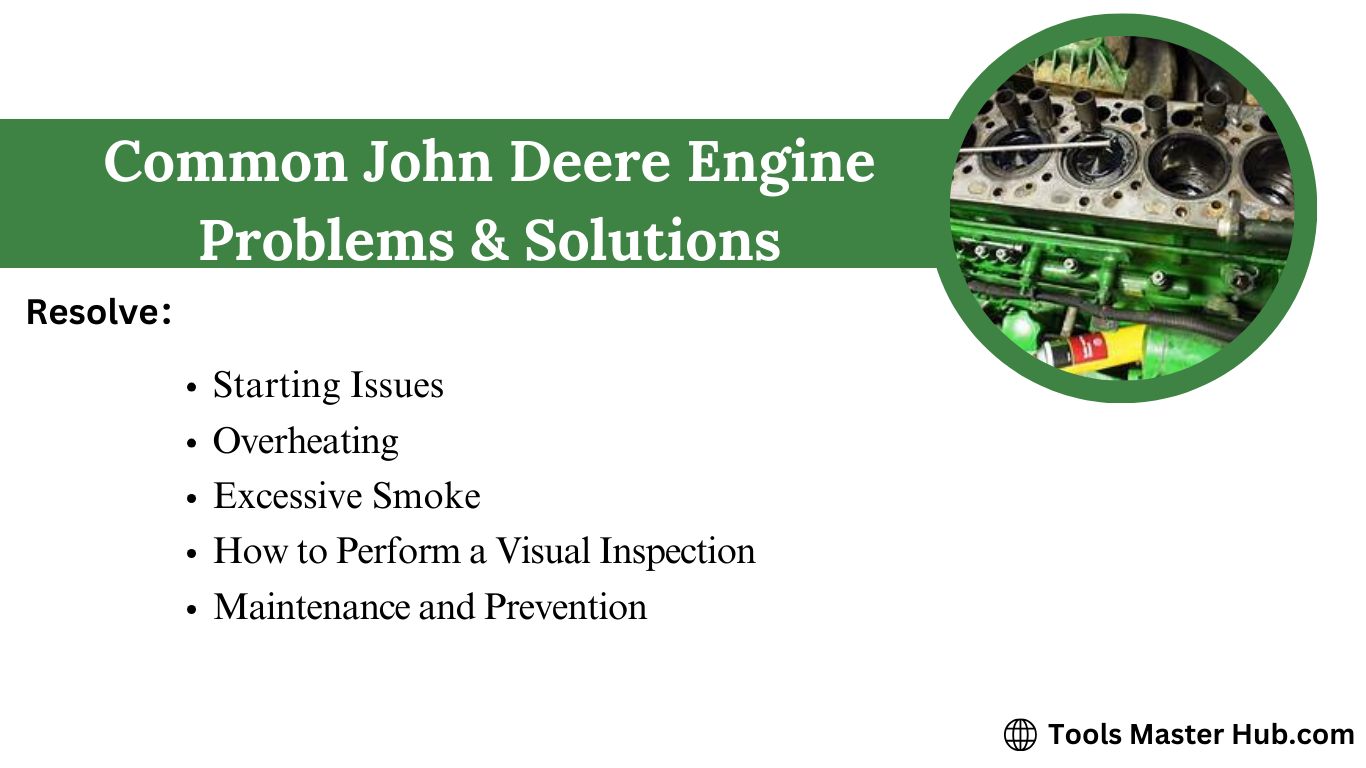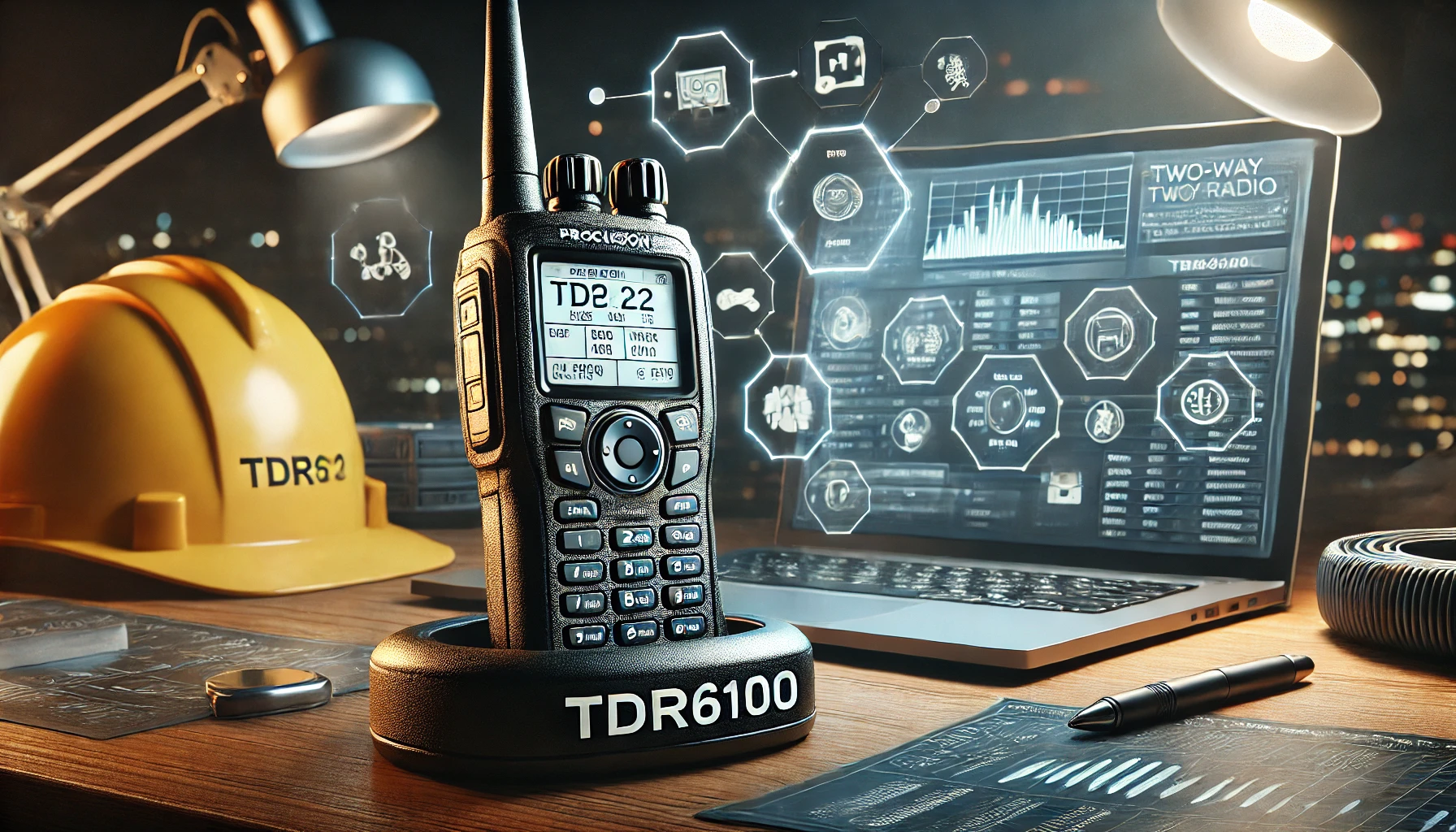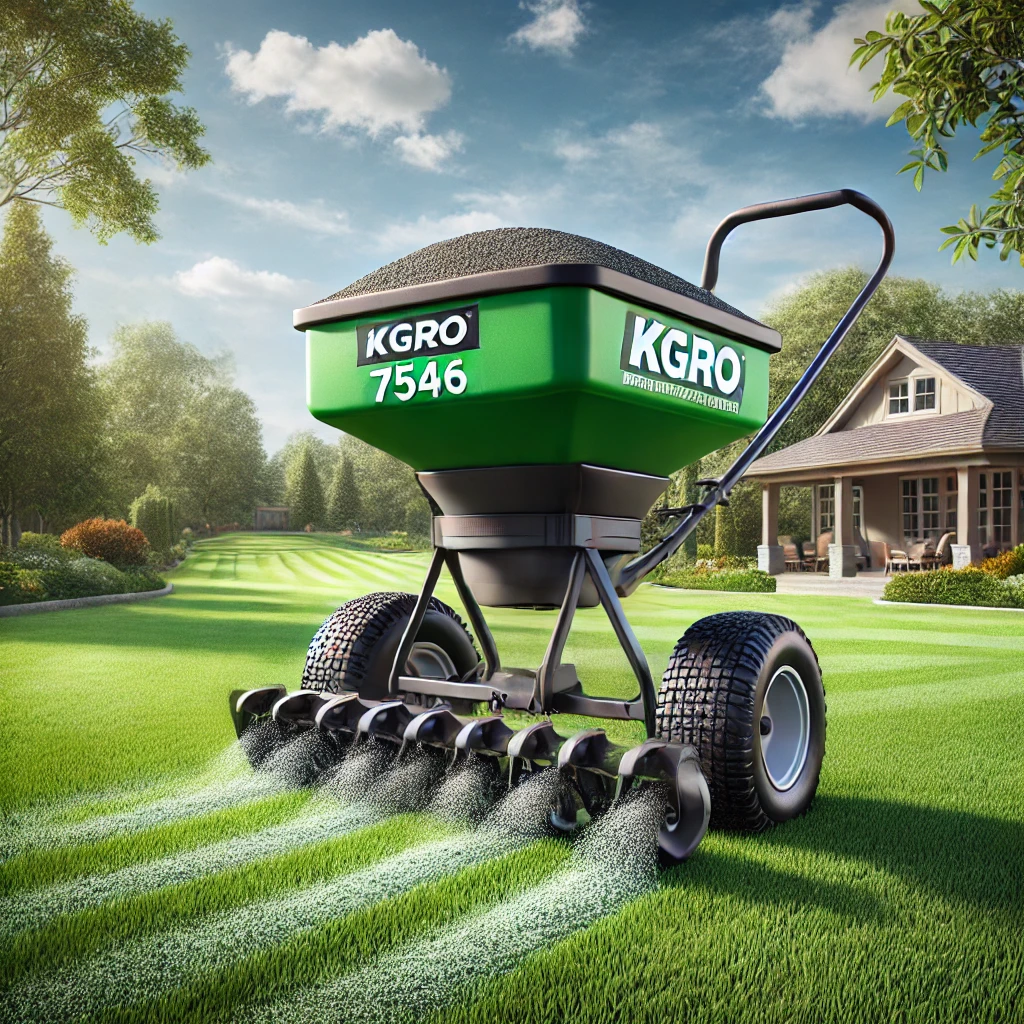Introduction
John Deere, a name synonymous with quality and reliability, has been a cornerstone in the agricultural and construction equipment industry for over 180 years. Founded in 1837, John Deere has built a reputation for producing robust and innovative machinery that helps farmers and contractors worldwide perform their tasks more efficiently. Their engines, in particular, are designed to deliver consistent performance under the toughest conditions.
The importance of engine reliability in agricultural and construction equipment cannot be overstated. These engines are the heart of the machinery, powering everything from tractors and harvesters to loaders and excavators. A reliable engine ensures that these machines can operate smoothly, reducing downtime and increasing productivity. In industries where time is money, and delays can lead to significant losses, having an engine that you can depend on is crucial.
However, like all mechanical systems, John Deere engines are not immune to problems. Common engine problems can range from starting issues and overheating to power loss and excessive smoke. These issues, if not addressed promptly, can lead to more serious damage and costly repairs. Understanding these common problems and knowing how to troubleshoot them can help equipment owners maintain their machinery in peak condition, ensuring longevity and optimal performance.
In the following sections, we will delve deeper into these common engine problems, offering practical advice on how to diagnose and resolve them. This guide aims to equip John Deere equipment owners with the knowledge needed to keep their engines running smoothly, thereby safeguarding their investments and minimizing operational disruptions.
Common John Deere Engine Problems
Starting Issues
One of the most frustrating problems John Deere engine owners encounter is difficulty starting the engine. This issue can manifest in several ways, including the engine cranking but not starting sluggish cranking, or no response at all when attempting to start the engine.
Symptoms:
- Engine cranking but not starting: You hear the engine turning over, but it doesn’t start running.
- Sluggish cranking: The engine cranks slowly and struggles to turn over.
- No response: Turning the key results in no noise or engine activity.
Possible Causes:
- Battery Issues: The most common cause of starting issues. This could be due to a dead battery, corroded battery terminals, or loose battery connections. Ensure the battery is fully charged and the connections are clean and tight.
- Fuel System Problems: A clogged fuel filter or a failing fuel pump can prevent the engine from getting the fuel it needs to start. Check the fuel filter for blockages and ensure the fuel pump is operating correctly.
- Ignition System Failures: Faulty spark plugs or a malfunctioning ignition coil can prevent the engine from igniting the fuel-air mixture. Inspect the spark plugs for wear replace them if necessary, and test the ignition coil.
- Starter Motor Issues: A worn-out starter motor may not be able to crank the engine sufficiently. If the starter motor is making a clicking sound or fails to operate, it may need to be repaired or replaced.
Overheating
Overheating is a critical issue that can cause significant damage to a John Deere engine if not addressed promptly. Recognizing the symptoms and understanding the potential causes are essential for preventing severe engine damage.
Symptoms:
- Warning Lights: The dashboard temperature warning light illuminates.
- Steam: Steam or smoke emanates from the engine compartment.
- High Temperature Readings: The engine temperature gauge shows readings in the red zone.
Possible Causes:
- Coolant Leaks: A common cause of overheating. Inspect hoses, the radiator, and connections for leaks. Refill the coolant reservoir and ensure there are no air pockets in the system.
- Radiator Issues: A clogged or damaged radiator can impede the cooling process. Ensure the radiator is free from debris and the fins are not bent or damaged.
- Faulty Water Pump: The water pump circulates coolant through the engine. If it’s malfunctioning, coolant flow is reduced, leading to overheating. Listen for unusual noises from the water pump and check for leaks.
- Thermostat Malfunction: The thermostat regulates the flow of coolant to the engine. A stuck thermostat can prevent coolant from circulating properly, causing the engine to overheat. Test the thermostat and replace it if necessary.
Power Loss
Experiencing power loss in your John Deere engine can severely impact the performance of your equipment. This issue often presents as sluggish performance or stalling under load.
Symptoms:
- Sluggish Performance: The engine struggles to provide sufficient power, making the machine slow and unresponsive.
- Stalling: The engine stalls, especially under heavy load or during acceleration.
- Reduced Throttle Response: The engine doesn’t respond promptly to throttle inputs.
Possible Causes:
- Fuel Filter Blockage: A clogged fuel filter can restrict fuel flow to the engine, leading to power loss. Check and replace the fuel filter if it appears dirty or clogged.
- Turbocharger Problems: For turbocharged engines, issues with the turbocharger can result in reduced power output. Inspect the turbocharger for damage or wear, and ensure it’s functioning correctly.
- Air Filter Clog: A dirty air filter can limit the amount of air entering the engine, reducing power. Clean or replace the air filter regularly to ensure optimal airflow.
- Fuel Injector Issues: Malfunctioning fuel injectors can disrupt the proper delivery of fuel to the engine, causing power loss. Clean or replace fuel injectors as needed.
By understanding these common problems and their symptoms, John Deere engine owners can better diagnose issues and take appropriate action to maintain their equipment’s reliability and performance. Regular maintenance and timely troubleshooting are key to avoiding prolonged downtime and costly repairs.
Excessive Smoke
Excessive smoke from a John Deere engine is a clear indication that something is amiss. The color of the smoke can provide valuable clues about the underlying issue. Identifying the type of smoke—black, blue, or white—can help pinpoint the problem more accurately.
Symptoms:
- Black Smoke: Indicates incomplete combustion or excessive fuel in the combustion chamber.
- Blue Smoke: Signifies burning oil within the engine.
- White Smoke: Suggests the presence of coolant in the combustion chamber or issues with the fuel system during a cold start.
Possible Causes:
Black Smoke:
- Fuel Injection Issues: Faulty fuel injectors can deliver too much fuel or create an incorrect spray pattern, leading to incomplete combustion and black smoke. Inspect and clean or replace fuel injectors if necessary.
- Air Filter Clog: A clogged air filter restricts airflow into the engine, causing an overly rich fuel mixture. Check and replace the air filter to ensure proper airflow.
- Turbocharger Malfunction: In turbocharged engines, a failing turbocharger can lead to improper air-fuel mixtures. Inspect the turbocharger for damage or wear.
Blue Smoke:
- Oil Leaks: Blue smoke typically results from oil leaking into the combustion chamber, which worn piston rings, valve seals, or gaskets can cause. Inspect and replace any damaged seals or gaskets.
- PCV Valve Issues: A malfunctioning Positive Crankcase Ventilation (PCV) valve can cause oil to enter the intake manifold and burn during combustion. Check and replace the PCV valve if needed.
- Cylinder Wear: Significant wear in the cylinders can allow oil to bypass the piston rings and enter the combustion chamber. This often requires more extensive engine repair or overhaul.
White Smoke:
- Coolant Leaks: White smoke often indicates coolant entering the combustion chamber, which can be due to a blown head gasket, cracked engine block, or damaged cylinder head. Check for coolant leaks and repair or replace any damaged components.
- Cold Start Issues: In colder temperatures, white smoke can occur if the fuel doesn’t vaporize properly. This usually dissipates as the engine warms up. Ensure the glow plugs or block heater are functioning correctly to aid in cold starts.
- Fuel System Problems: A malfunctioning fuel injector or incorrect fuel timing can cause white smoke due to improper combustion. Inspect and adjust the fuel system components as necessary.
Understanding the type and cause of excessive smoke can help John Deere engine owners take appropriate action to resolve the issue. Promptly addressing these problems not only improves engine performance but also prevents more severe damage and extends the life of the equipment. Regular maintenance and periodic inspections are essential to catching these issues early and maintaining the reliability and efficiency of John Deere engines.
Diagnostic Tips
When facing engine problems with your John Deere equipment, an effective diagnostic approach can save you time and money. Here are some practical tips for performing a visual inspection, using diagnostic tools and software, and understanding common error codes.
How to Perform a Visual Inspection
A visual inspection is the first step in diagnosing engine problems. It allows you to identify obvious issues quickly and can provide clues about more complex problems.
Steps for Visual Inspection:
- Safety First: Ensure the engine is turned off and cool before beginning your inspection.
- Inspect Battery and Connections:
- Check for corrosion on battery terminals and clean if necessary.
- Ensure battery connections are tight and secure.
- Examine Hoses and Belts:
- Look for cracks, fraying, or leaks in hoses.
- Check belts for signs of wear or looseness.
- Check Fluids:
- Verify that oil, coolant, and other fluid levels are within the recommended range.
- Look for any signs of fluid leaks around the engine compartment.
- Air Filter Inspection:
- Remove and inspect the air filter for dirt and debris. Replace if it appears clogged or dirty.
- Visual Scan for Wear and Damage:
- Look for obvious signs of wear, damage, or loose components.
- Check for oil or fuel leaks around the engine block and components.
Using Diagnostic Tools and Software
Modern John Deere engines are equipped with electronic control units (ECUs) that monitor various engine parameters and store error codes when issues arise. Using diagnostic tools and software can help you pinpoint these issues more accurately.
Steps for Using Diagnostic Tools:
- OBD-II Scanner:
- Connect an OBD-II (On-Board Diagnostics) scanner to the diagnostic port, usually located under the dashboard or near the engine.
- Turn on the scanner and the engine (or switch to the “on” position without starting the engine) to read the error codes.
- Diagnostic Software:
- Use John Deere’s proprietary diagnostic software (such as Service Advisor) for a more comprehensive analysis. This software can provide detailed information about engine performance and specific faults.
- Read and Record Codes:
- Record any error codes displayed by the scanner or software. These codes are essential for identifying the exact nature of the problem.
Common Error Codes and Their Meanings
Understanding common error codes can help you diagnose and resolve engine problems more efficiently. Here are some typical error codes you might encounter:
P0216 – Injection Timing Control Circuit Malfunction:
- Indicates a problem with the injection timing control system, which could lead to poor engine performance or starting issues.
P0335 – Crankshaft Position Sensor “A” Circuit Malfunction:
- Signals are an issue with the crankshaft position sensor, affecting the engine’s ability to start or run smoothly.
P0128 – Coolant Thermostat Temperature Below Regulating Temperature:
- Indicates the coolant temperature is lower than expected, suggesting a thermostat issue that can cause overheating or poor engine performance.
P0113 – Intake Air Temperature Sensor 1 Circuit High Input:
- This implies a problem with the intake air temperature sensor, which can affect fuel mixture and engine efficiency.
P0401 – Exhaust Gas Recirculation (EGR) Flow Insufficient Detected:
- Indicates insufficient EGR flow, which can impact emissions and engine performance.
P0234 – Turbocharger Overboost Condition:
- Suggests the turbocharger is generating more boost than expected, which can cause engine damage if not addressed.
Using Error Codes to Diagnose Issues:
- Reference the Manual: Consult the John Deere service manual or diagnostic software for detailed explanations of each code and recommended troubleshooting steps.
- Follow Repair Procedures: Use the provided information to inspect and repair the faulty components or systems.
- Clear Codes and Test: After repairs, clear the error codes using the diagnostic tool and test the engine to ensure the issue is resolved.
By combining a thorough visual inspection with the use of diagnostic tools and understanding error codes, John Deere engine owners can effectively diagnose and address engine problems. This approach helps maintain the reliability and performance of their equipment, ensuring minimal downtime and extending the engine’s lifespan.











Leave a Reply